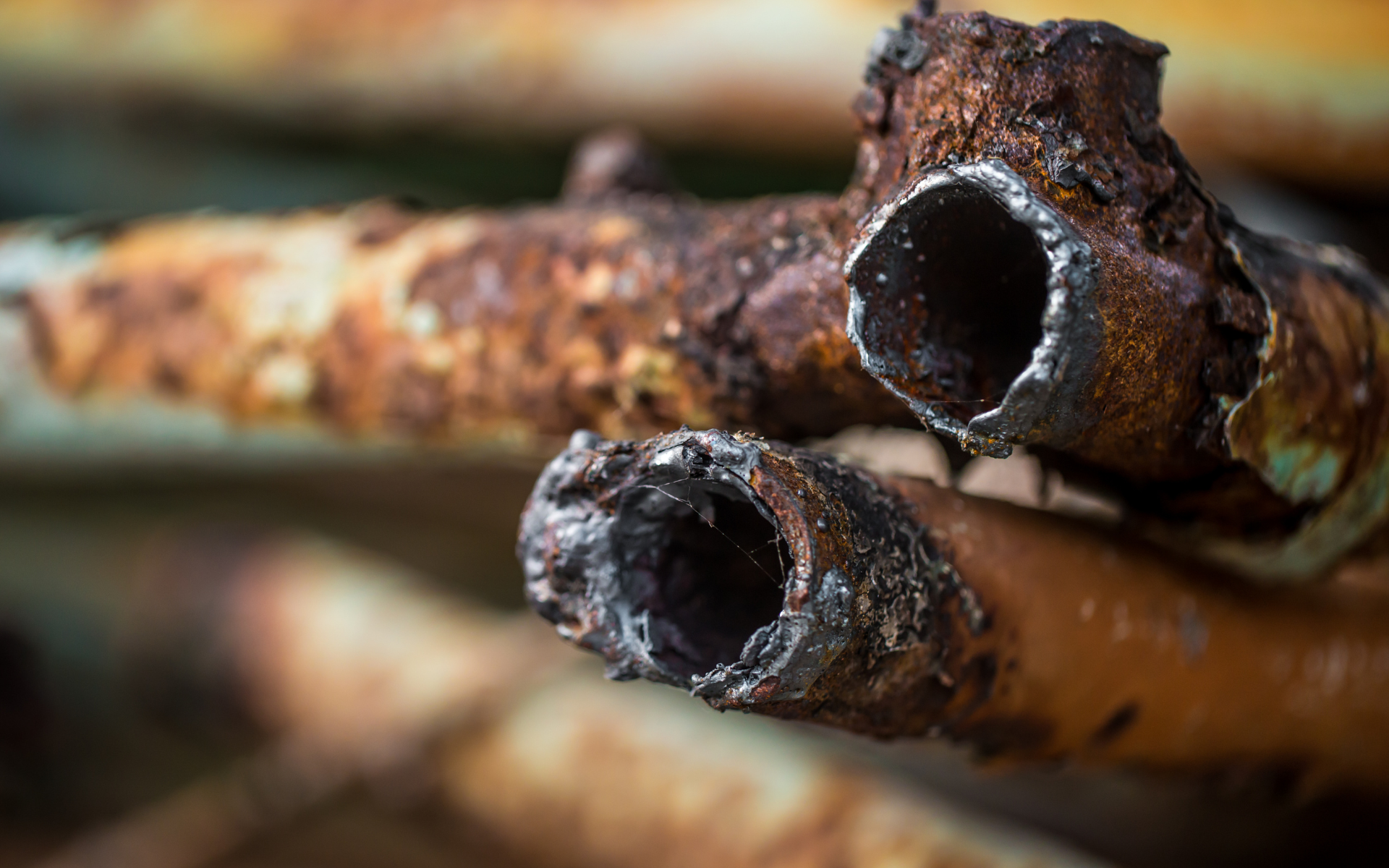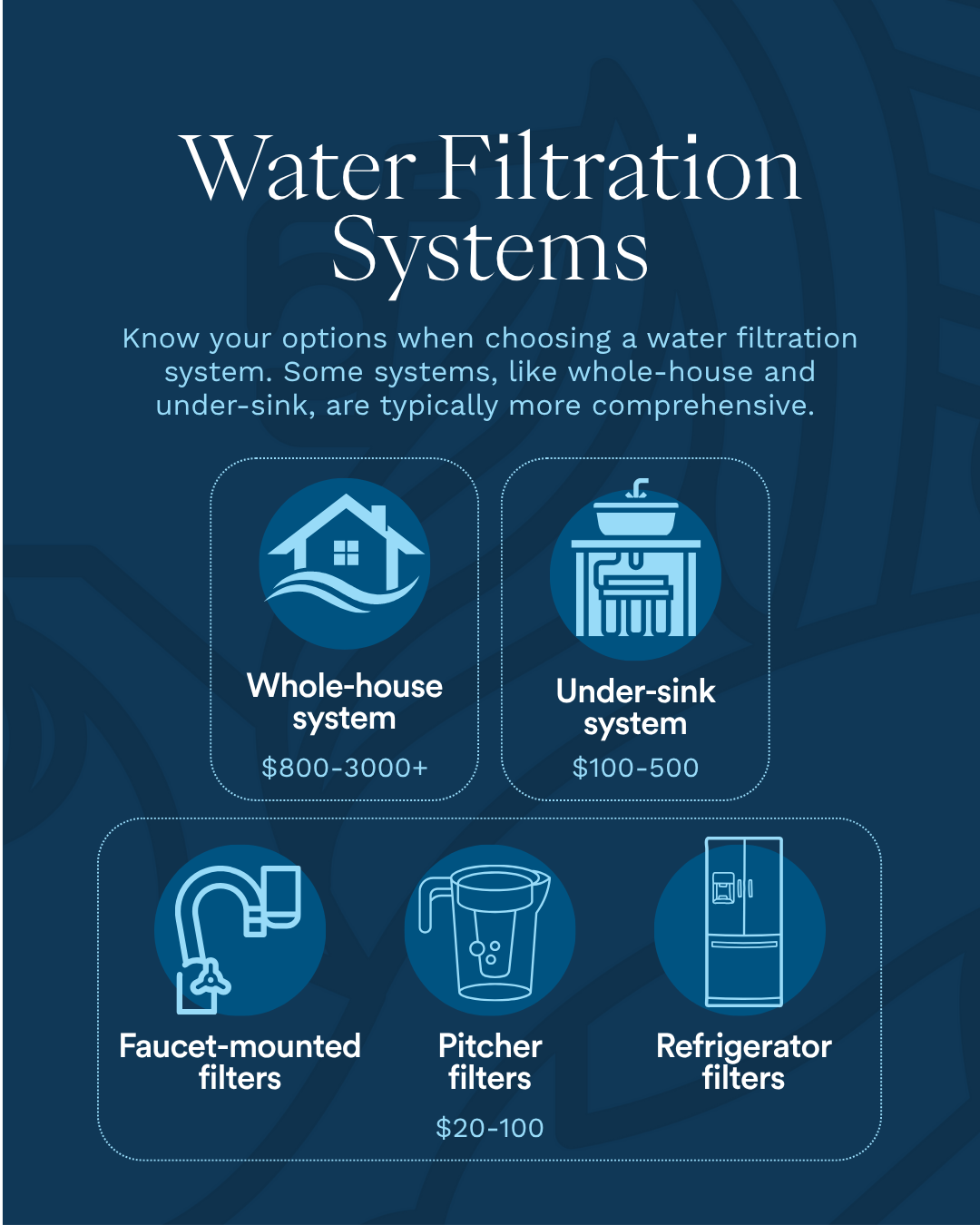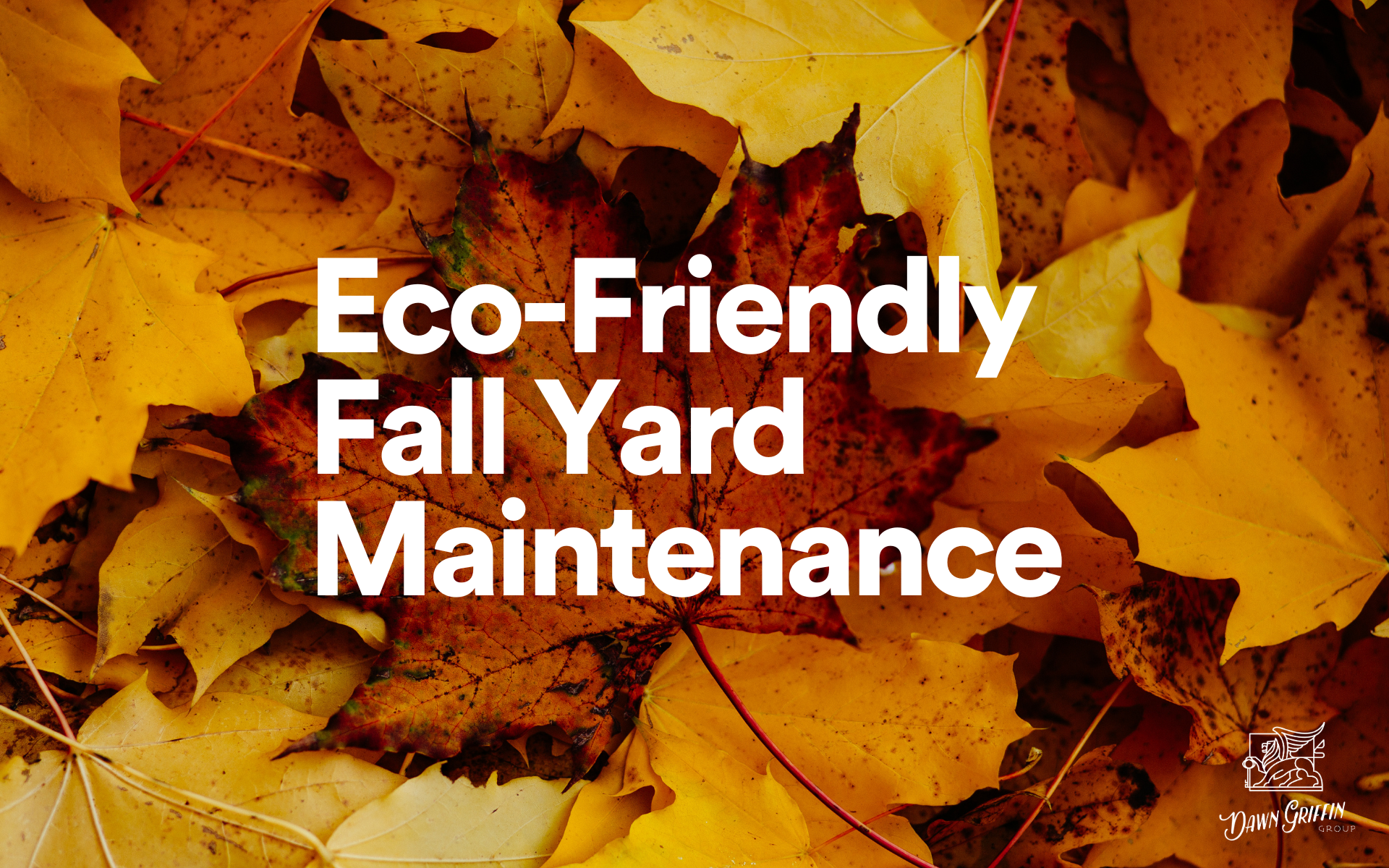Water Quality in St. Louis
August isn’t just the dog days of summer—it’s National Water Quality Month, a time to recognize the essential role clean water plays in our health, homes, and communities. Established in 2005 through a partnership between the Environmental Protection Agency and the UN, this month shines a spotlight on the importance of freshwater protection—and what we can all do to keep it safe.
For St. Louis homeowners, water quality isn’t just about what comes out of the tap—it affects your appliances, your pipes, your lawn, and your peace of mind. Here’s how to take advantage of National Water Quality Month to learn more about your home’s water and protect it for the long term.
Why Clean Water Matters to Homeowners
We tend to take clean water for granted—until there’s a boil advisory or a strange taste in the tap. But water quality plays a vital role in everyday life, from drinking and cooking to bathing, laundry, and landscaping. Here’s why it matters:
- Health and Safety: Contaminated water can carry pathogens, lead, PFAS, and other pollutants. Even low levels of these substances can have long-term health effects.
- Appliance Longevity: Hard water, sediment, and chemical additives can build up in water heaters, washing machines, and dishwashers, shortening their lifespan.
- Property Value: Prospective buyers want confidence that the home they’re purchasing has clean, safe, and reliable water.
- Peace of Mind: Clean water means less stress about what’s really coming out of the tap or soaking into your lawn.
National Water Quality Month: The Bigger Picture
This national awareness campaign started to bring attention to the ways our water systems are under threat—from outdated infrastructure and agricultural runoff to global climate change. Some national statistics to keep in mind:
- Nearly 50% of people globally face extremely high water stress each year. By 2050, that could rise to 60%.
- In the U.S., 52% of national parks have waterways classified as impaired under the Clean Water Act.
- More than 90% of U.S. homes rely on public water systems—making system-wide quality a shared responsibility.
St. Louis Water Quality: How Are We Doing?
St. Louis City
The City Water Division sources water from both the Missouri and Mississippi Rivers, which is treated and rigorously tested. According to the 2024 Consumer Confidence Report, the city met or exceeded all state and federal drinking water standards—no violations were found. They test for over 150 possible contaminants and report that your tap water is safe to drink.
St. Louis County (Missouri American Water)
Missouri American Water serves many municipalities in the county and released its 2024 water quality report in April 2025. All water quality measurements came in well below the limits set by the EPA, with zero violations reported.
🔗 Read the county water report
While we’re lucky to have well-regulated systems in place, older pipes and plumbing in individual homes can still pose risks—especially in homes built before 1986, when lead service lines were still allowed.

Lead Pipe Concerns in St. Louis
Federal and state governments acknowledge the widespread presence of lead pipes throughout the country. According to NRDC (the Natural Resources Defense Council), St. Louis City has approximately 63,000 lines and ranks 7th out of the top 30. In November of 2024, surveys were sent to all city residents in an effort to clarify material type. St. Louis City records indicate roughly 113,000 service lines—about 9,000 classified as lead, 46,000 non-lead, and 58,000 still unknown.
Federal grants are being pursued that would help alleviate costs of pipe replacement. Meanwhile, the city is developing a zero-interest loan program for homeowners who opt to replace voluntarily. Specific eligibility criteria and application details are still being finalized. Ultimately, all service lines—from the water main to your home’s plumbing—are the property owner’s responsibility, not the city’s. That means the cost and physical replacement fall on the homeowner.
What Homeowners Can Do to Improve Water Quality
You can’t control the water source, but you can take steps to make your home’s water cleaner and safer.
Filtration Options
- Point-of-Use Filters: Faucet-mounted, under-sink, or pitcher filters are easy ways to improve taste and reduce contaminants like lead, chlorine, and PFAS.
- Whole-House Systems: These systems filter all water entering your home, protecting appliances and improving air quality and skin health.
- Water Softeners: St. Louis is known for hard water. Installing a softener helps reduce mineral buildup that can clog pipes and damage appliances.

Proactive Maintenance
- Test Your Tap: If your home has older plumbing, consider getting your water tested for lead and other contaminants.
- Replace Old Fixtures: Swap out old faucets, showerheads, and pipes labeled “lead-free” before 2014 (those may still contain trace amounts of lead).
- Maintain Fixtures: Clean aerators, flush hot water tanks annually, and check for sediment or scaling.
Be a Good Neighbor to the Watershed
- Avoid pouring grease, medications, or chemicals down the drain.
- Pick up after pets, and minimize fertilizer and pesticide use.
- Install rain barrels or rain gardens to reduce runoff into sewer systems.
- Sweep (don’t hose) your driveway to keep pollutants out of storm drains.
Make August the Month You Take Action
This National Water Quality Month, make it a priority to learn more about your water system—and take steps to ensure the water in your home is safe, clean, and reliable.
Whether you upgrade your filters, flush your water heater, or simply commit to reducing runoff, every action helps. Clean water starts at home, but it benefits the whole community.



